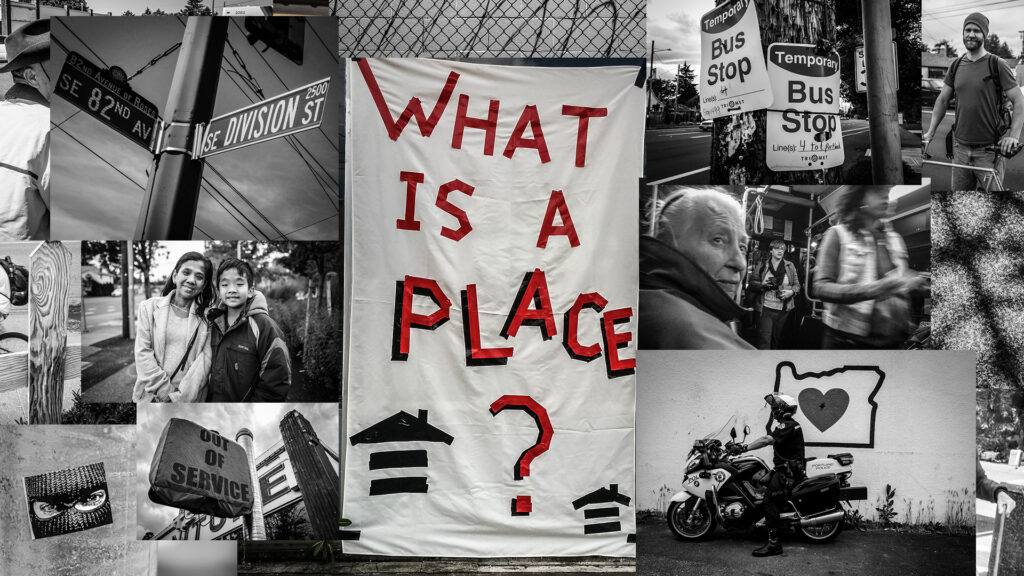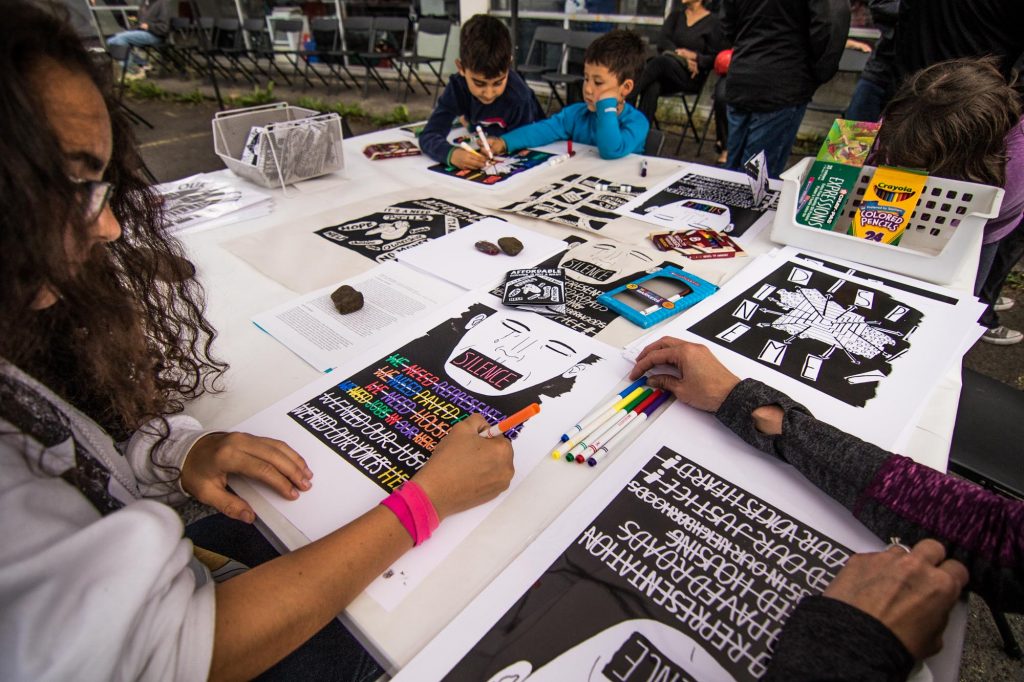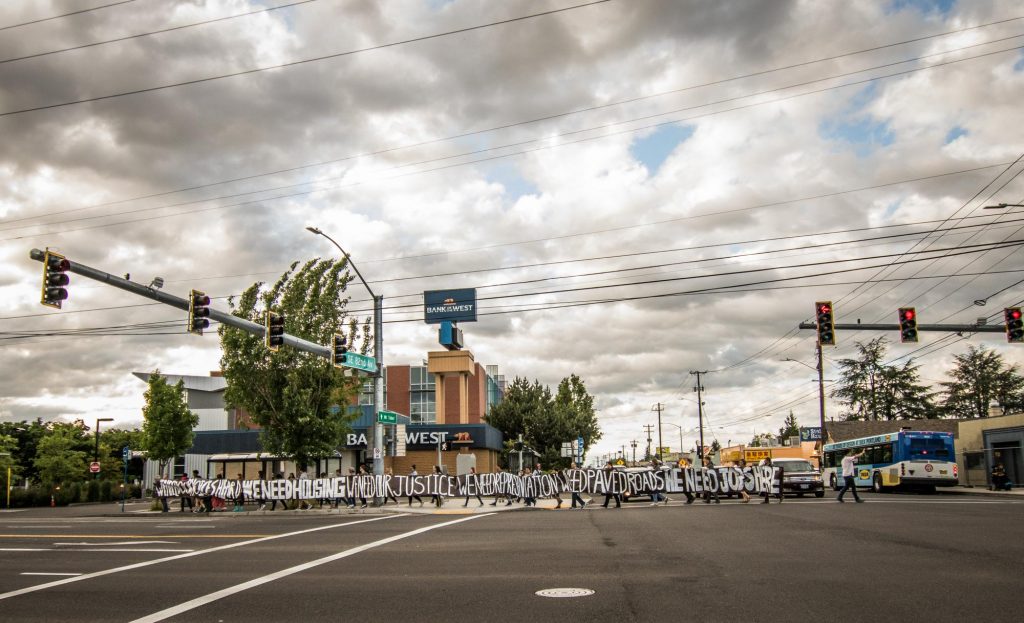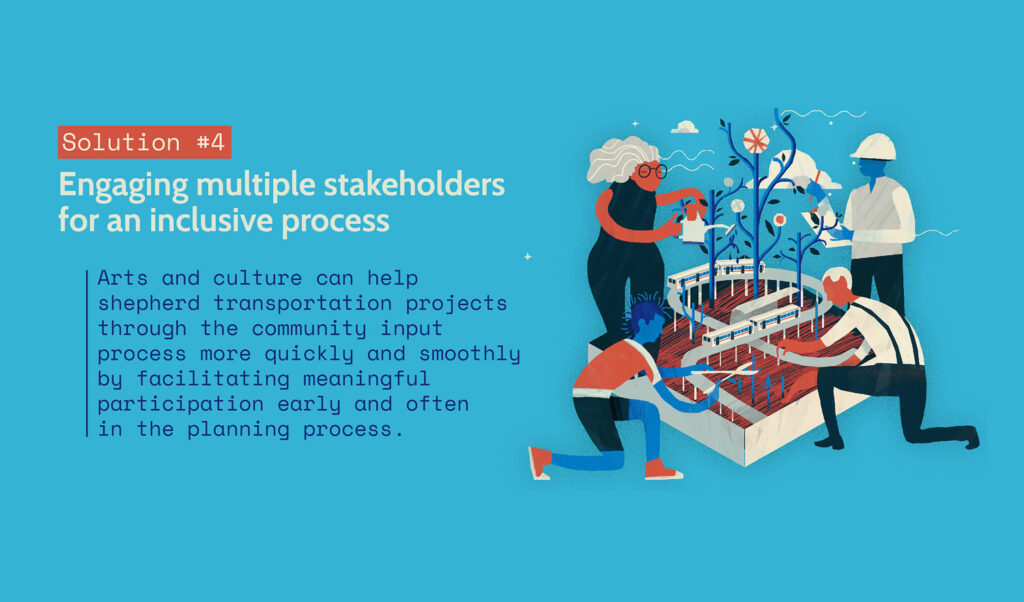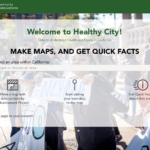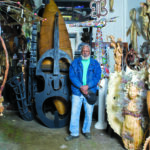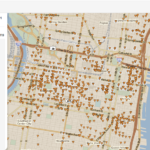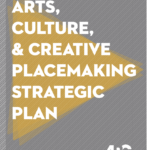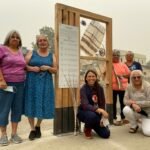To ensure that a new planned bus rapid transit line would serve the residents of ethnically diverse, low-income districts in the eastern part of Portland, Asian Pacific American Network of Oregon (APANO) and the Division-Midway Alliance used arts-based engagement to help build a positive dialogue between local agencies and the community.
The challenge
When roughly 14 miles of a new bus rapid transit (BRT) line was proposed along Division Street in East Portland, the effort was greeted with interest in an often-neglected area of the city, but also concern about the possibilities of displacement and development poorly engaged with the many immigrant and refugee families that give the area a rich ethnic and cultural diversity. To address those concerns, community organizations used arts and culture projects to engage community members throughout the Jade and Division Midway districts and recalibrate the plan to better serve community needs.
The project
The Asian Pacific American Network of Oregon (APANO) and the Division-Midway Alliance, two nonprofits located respectively in the Jade and Midway districts along Division street in Portland, empowered residents, businesses, and students through arts and culture to actively shape the evolving BRT project.
These organizations built a placemaking steering committee of eight civic, nonprofit, and government members to guide creative placemaking plans in the district, build local capacity, and ultimately strengthen coalitions. APANO also launched a creative placemaking project grant program, funding the creation of numerous projects in the district led by cultural workers. These cultural workers then participated in a cohort known as the resident artist collaborative, in which they receive training to help prepare to produce community-engaged artworks.
The results
This diverse and unique area has historically lacked strong, safe transportation infrastructure. In a corridor with members from such diverse backgrounds, creative tactics allowed the community to better and more fully advocate, express, and communicate their desires and interests related to this new transportation proposal to ensure that the final project will best serve their communities’ needs, reflect what makes their community unique, and be embraced by the people and communities it serves.
By building public awareness and political pressure through arts and cultural projects, APANO and the Division-Midway Alliance helped to pause construction of the BRT planning process until the Portland Bureau of Transportation, mass transit agency TriMet, Metro, and others made formal community benefits agreements and agreed to mitigation measures to ensure that the new vital transit service will transform the community in a positive way.1,2
Initial construction of the BRT project started in late 2019 and service is slated to begin in 2022.
Key partners: Asian Pacific American Network of Oregon, Division-Midway Alliance, TriMet, Oregon Metro
- TriMet, known as the Tri-County Metropolitan Transportation District of Oregon, is the Portland, OR region’s transit agency. Oregon Metro is the Portland region’s Metropolitan Planning Organization serving Multnomah, Clackamas, and Washington counties.
- A Community Benefits Agreement or CBA is a contract between a community organization and a real estate developer that requires the developer to provide certain amenities or mitigation in exchange for community support of the developer’s project.

